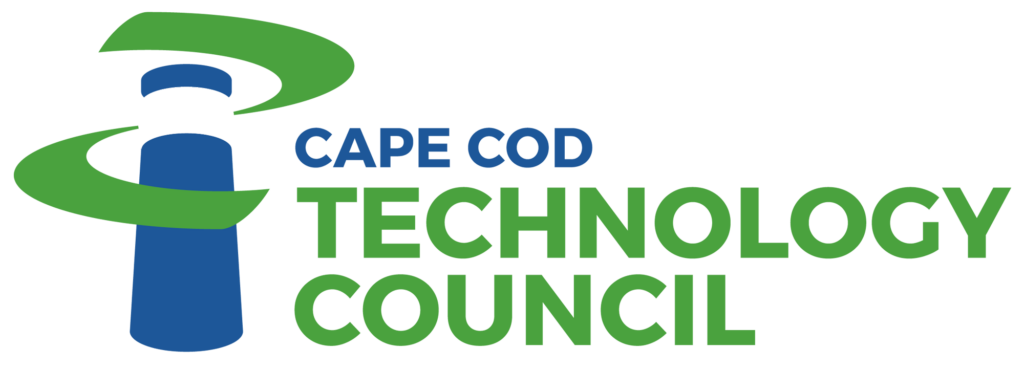Tom Cahir, Administrator for the Cape Cod Regional Transit Authority, presented at the CCTC Infrastructure Committee’s February meeting. He reported that the CCRTA is constantly pushing the technology envelope, with people on staff who help them stay up with industry trends.
Recently, Tom was appointed by Governor Baker to a task force of 16-18 members, including mayors, transit experts, and 6 regional transit authority administrators. One of their charges is to determine an equitable way to distribute funding.
Tom says the Cape is running a fiscally sound operation, but other RTAs are running deficits, cutting service and raising fares. He said one way they do this is to think outside the box in terms of generating revenue. The Cape Cod RTA gets state contract assistance, federal transit administration funds, fares, and local assessment. Each community on Cape Cod is assessed for the service they receive — letting each local community decide how much service they want. Service is directed by an advisory board made up of one member from each community on Cape Cod.
The RTA reports ridership, road miles, and other criteria necessary to bring funds back to the various regions. In addition to the various buses and shuttles which bring money back to our region, Tom was successful in convincing the FTA to include ferry miles, which added $3.4 million in funding. Legislation has been filed to make it easier for private ferries to also produce the information needed for their transportation miles to be included. If passed, it will provide funds for Cape Cod to enhance transportation opportunities in the 15 towns.
Another task force topic is to make sure there are performance measures in place for all the regional transit authorities to access additional resources, with accountability. The Cape Cod RTA has applied some of those funds to an app that makes it easier to use their demand response service. Tom hopes to have that in place by the end of summer.
Tom also wants to put a full service RMV at the Hyannis Transportation Center, where they have 10 or 12 acres waiting to be developed. There is public transportation coming into Hyannis from all towns on the Cape, making it easy to access a new, central registry. Tom met with the Secretary of Transportation last month and asked for a commitment by March 1, so they can move forward on how best to use the space. They are working closely with the town of Barnstable and have involved people in the Hyannis area in planning. “I really think in the next year you’ll see activity that could change the east end of Hyannis in a positive way,” Tom said. “To complement Main Street rather than compete with it.”
This summer they will have new trolleys running through Barnstable, and a route in Falmouth that goes to Woods Hole. These trolleys are owned and run by the CCRTA.
Of interest to the Infrastructure Committee were automatic passenger counters on all fixed route buses, providing information necessary for efficient scheduling, and Next Bus technology, displaying location and ETA of arriving buses. They are also actively addressing climate change, and have put electric charging stations on their site. The sector of transportation has signed an agreement with eight other states capping transportation emissions and greenhouse gasses in 2030 and beyond. They want to be very active with positive change, making it easy, affordable, and safe to access public transportation, Tom said.
It’s hard to get people out of their cars, but Tom noted that public transportation is a big piece of how to address climate change. To that end, they are working with the Hyannis Chamber of Commerce to see how best to incentivize use. “We are constantly trying to make people aware that we have a safe and affordable system,” he said.
